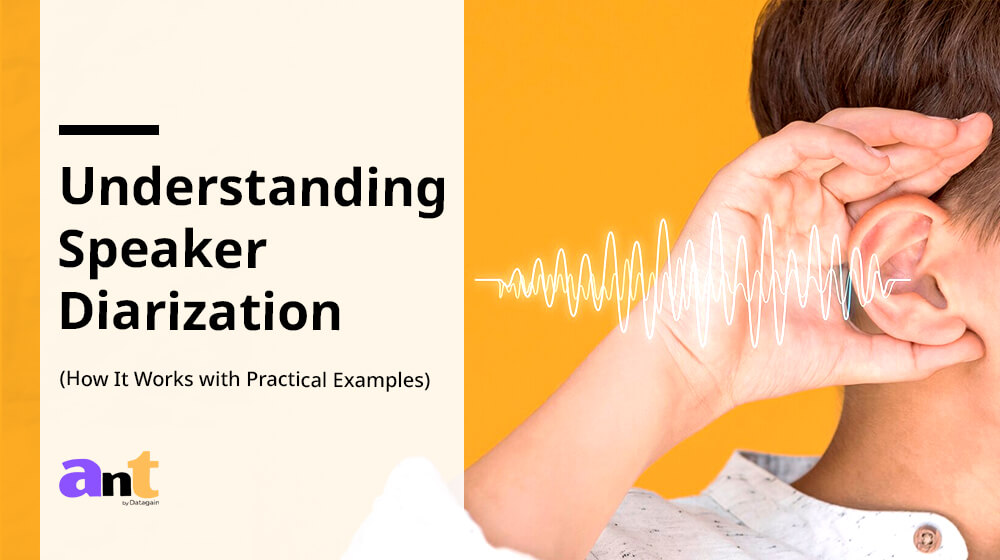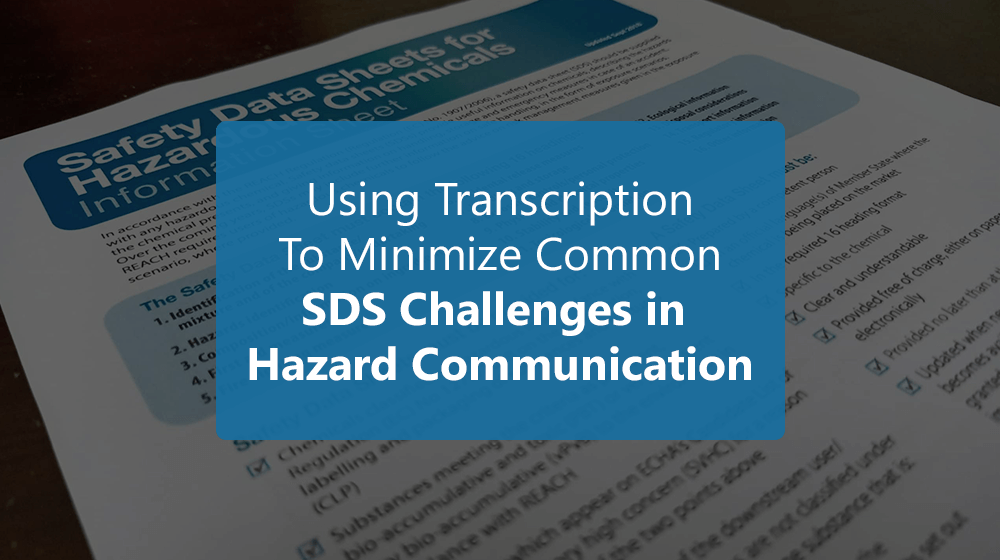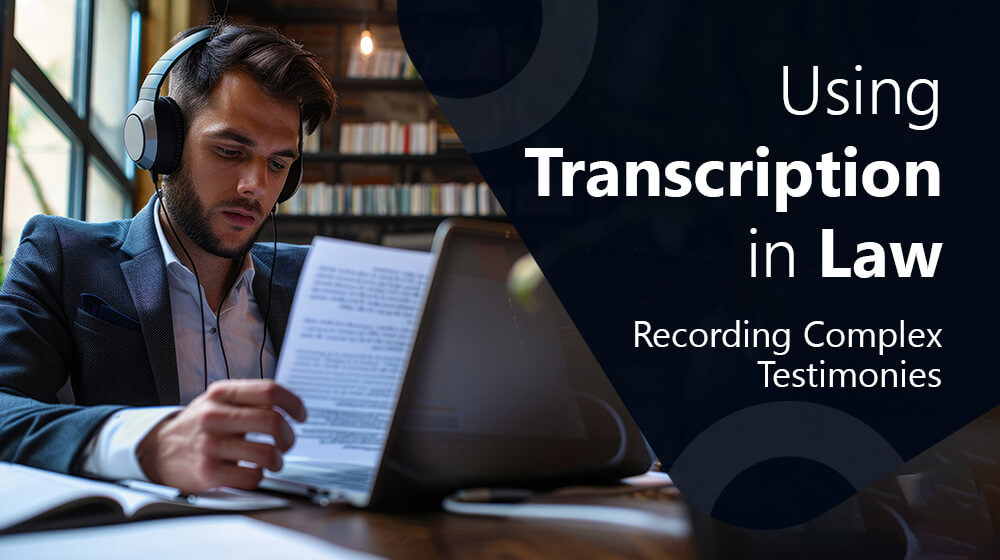Transcribing audio with multiple speakers poses many challenges. Speaker Diarization helps in overcoming these challenges. Let’s look at speaker diarization and its practical examples.
What is Speaker Diarization?
Speaker diarization is the process of partitioning an audio stream into homogeneous segments according to the speaker’s identity. Essentially, it answers the question: “Who spoke when?” This is especially important in scenarios with multiple speakers, such as interviews, meetings, or conference calls, where distinguishing between different voices can significantly enhance the clarity and usability of transcriptions.
How Does Speaker Diarization Work?
Speaker diarization involves several sophisticated steps and algorithms to achieve accurate segmentation and identification of speakers. Here’s a breakdown of the process:
1. Preprocessing
- Noise Reduction: The audio signal is cleaned to remove background noise, which can interfere with the accurate identification of speakers.
- Voice Activity Detection (VAD): This step determines where speech occurs in the audio, separating speech segments from silence or noise.
2. Feature Extraction
- Acoustic Features: Characteristics such as pitch, tone, and intensity are extracted from the audio. These features help distinguish between different speakers.
3. Segmentation
- Initial Segmentation: The audio is divided into small, manageable chunks. This can be based on fixed time intervals or detected speech boundaries.
- Speaker Homogeneity: Segments are analyzed for consistency in the acoustic features to ensure each segment contains speech from only one speaker.
4. Clustering
- Speaker Clustering: Segments with similar acoustic features are grouped together. Advanced algorithms, such as Gaussian Mixture Models (GMM) or Hidden Markov Models (HMM), are often used here.
- Re-segmentation: An iterative process refines the boundaries between segments to improve accuracy.
5. Speaker Labeling
- Identification and Labeling: Each segment is labeled with a unique identifier for each speaker. In some cases, pre-known voice profiles can be matched to specific individuals.
Practical Examples of Speaker Diarization
To better understand the practical applications of speaker diarization, let’s consider a few real-world scenarios:
Academic Research
In qualitative research, interviews and focus group discussions are essential for data collection. Manually transcribing these sessions is time-consuming and error-prone, especially with multiple speakers. AI tools with speaker diarization automate this process, accurately attributing each participant’s contributions and enhancing data quality.
Corporate Meetings
During business meetings, accurate conversation capture is vital for record-keeping and future reference. Speaker diarization integrated with transcription services converts audio to text while distinguishing between speakers. This allows for precise meeting minutes, helps identify who made specific points or decisions, and improves accountability and follow-up actions.
Media and Broadcasting
In media interviews and panel discussions, accurate speaker attribution is crucial. Speaker diarization segments and identifies speakers in the audio, ensuring journalists and editors provide precise attributions. This maintains the credibility and reliability of media content.
Integration with Transcription
Transcription is the process of converting spoken language into written text. The integration of speaker diarization into transcription workflows enhances the accuracy and usability of transcriptions. Here’s how:
1. Enhanced Clarity
By distinguishing between different speakers, diarization provides clear demarcation of who said what. This is particularly useful in multi-speaker environments, making the transcription more readable and meaningful.
2. Time Efficiency
Manual transcription and speaker identification are labor-intensive tasks. Speaker diarization, combined with automatic transcription, significantly reduces the time required to produce high-quality transcriptions, allowing researchers and professionals to focus on analysis rather than data preparation.
3. Improved Data Quality
Accurate speaker identification ensures that the data being analyzed is of high quality. This is crucial for researchers who rely on precise transcriptions to draw valid conclusions from their data. High-quality data leads to better insights and more reliable outcomes.
Practical Tips for Using Speaker Diarization
To maximize the benefits of speaker diarization, consider the following tips:
1. High-Quality Audio: Ensure your audio recordings are of high quality with minimal background noise. Clear audio enhances the accuracy of both diarization and transcription.
2. Use Reliable Tools: Choose transcription tools that offer robust speaker diarization features. Evaluate different options based on accuracy, ease of use, and integration capabilities.
3. Regular Updates: Keep your AI tools updated to benefit from the latest advancements in machine learning and speaker diarization algorithms.
4. Manual Verification: While AI tools are highly accurate, it’s a good practice to manually verify and edit the transcriptions for critical projects to ensure 100% accuracy.
Conclusion
Speaker diarization enhances transcription quality by segmenting audio according to speakers. AI tools help transcribers identify and separate voices, improving data quality. Professional transcription services, like ANT Datagain, use these advanced tools for greater efficiency and accuracy. They deliver cost-effective, high-quality translations tailored to client needs.

















